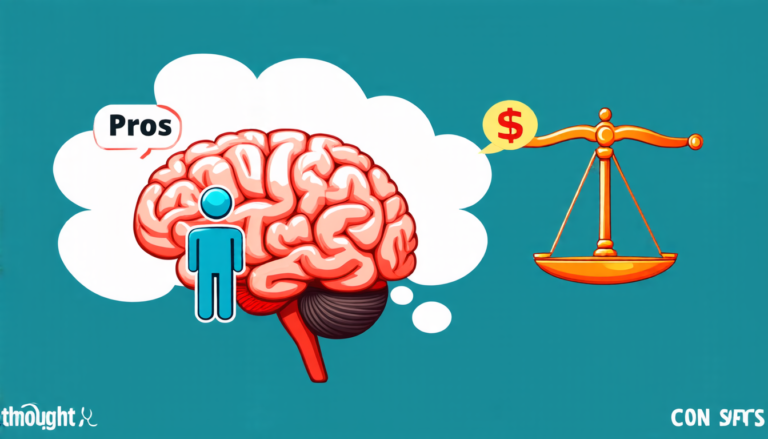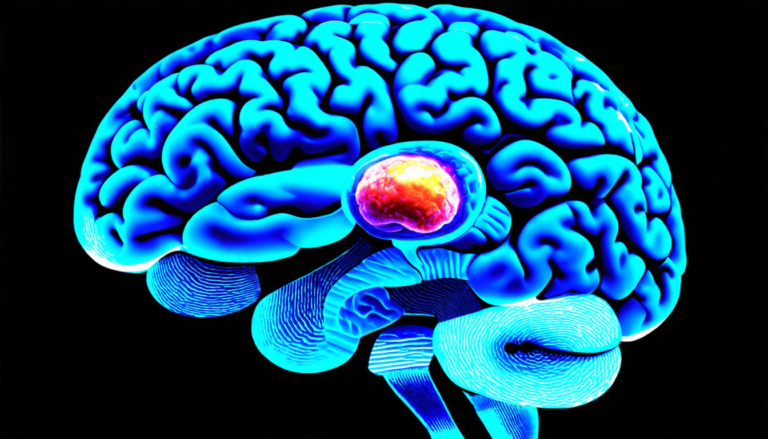Wednesday 09 April 2025
A novel framework for processing spatial and abstract information has been proposed, drawing inspiration from the neural networks found in the human brain. The Grid-Cell Vector Symbolic Architecture (GC-VSA), developed by researchers at Forschungszentrum Jülich, aims to bridge the gap between continuous spatial representations and symbolic computation.
The study focuses on the entorhinal-hippocampal formation, a region of the brain responsible for navigation and memory. The entorhinal cortex’s grid cells are known for their unique ability to encode physical space using a sparse distributed population code. This coding scheme has been linked to the brain’s ability to learn and recall complex spatial relationships.
The GC-VSA framework builds upon this concept by introducing a novel encoding scheme that combines hyper-dimensional computing with modular organization, observed in the entorhinal cortex. The authors propose a 3D block-code structure, where each module represents a specific location or abstract concept. This structured encoding enables the representation of complex relationships between these concepts.
The framework’s core feature is its ability to perform spatial and symbolic computations using circular convolutional binding operations. These operations allow for the combination of spatial information with abstract concepts, enabling the representation of higher-level cognitive processes such as navigation and problem-solving.
The GC-VSA has been tested through a series of simulations, demonstrating its potential for processing complex spatial and abstract tasks. The framework’s ability to learn and generalize was evaluated using a family tree analogy task, where the model successfully retrieved analogs in a corresponding tree structure.
The implications of this research are far-reaching, with potential applications in fields such as robotics, machine learning, and cognitive computing. The GC-VSA offers a novel approach to processing complex information, one that draws inspiration from the intricate workings of the human brain.
In practical terms, the framework’s ability to integrate spatial and abstract information could enable more efficient navigation systems, improved robot localization, and enhanced decision-making in complex environments. Furthermore, the GC-VSA’s modular organization and binding operations could be used as a foundation for developing novel algorithms and architectures in areas such as computer vision and natural language processing.
While the GC-VSA is still an emerging framework, its potential to revolutionize the way we process spatial and abstract information is undeniable. As researchers continue to develop and refine this technology, it will be exciting to see how it shapes the future of AI and cognitive computing.
Cite this article: “Unlocking the Secrets of Spatial Computation: A Novel Vector Algebraic Approach”, The Science Archive, 2025.
Grid-Cell Vector Symbolic Architecture, Neural Networks, Spatial Information, Abstract Concepts, Entorhinal Cortex, Hippocampal Formation, Hyper-Dimensional Computing, Circular Convolutional Binding Operations, Cognitive Processes, Navigation Systems.







